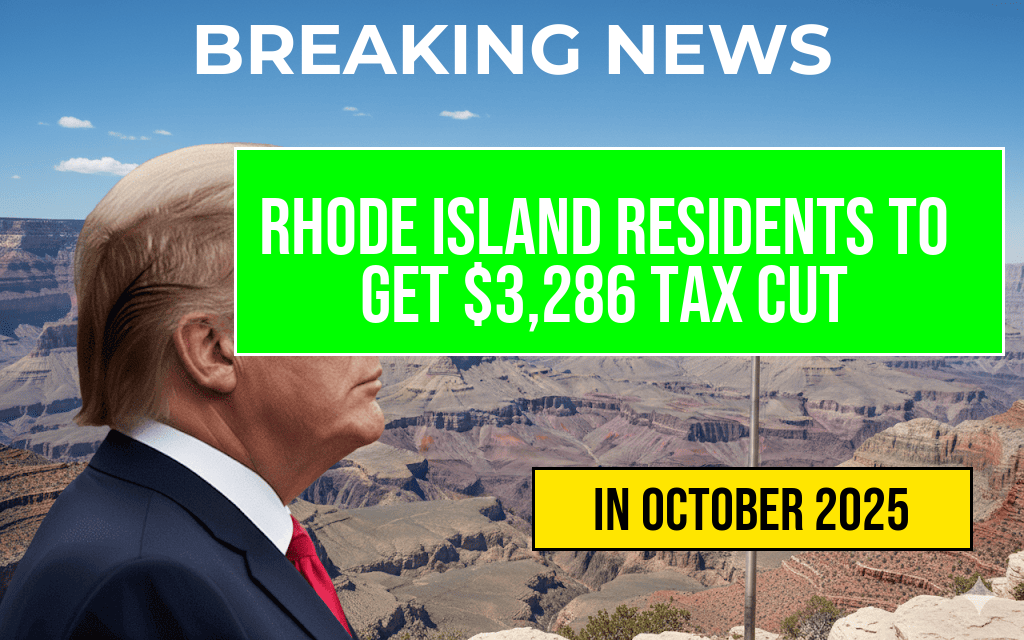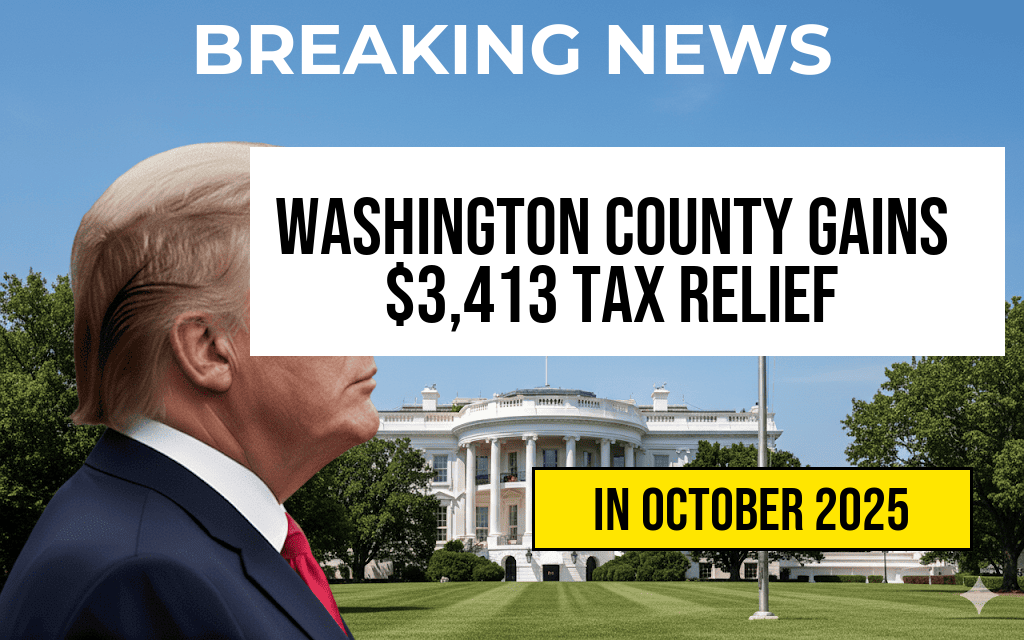Residents of Rhode Island are poised to benefit from an estimated $3,286 average reduction in their annual tax burden, following recent legislative developments at the state level. The proposed tax cut, rooted in a combination of budget adjustments and fiscal policy reforms, aims to provide relief to middle-income households while maintaining essential public services. Officials from the Rhode Island Department of Revenue have indicated that this reduction will be reflected in upcoming tax filings, offering a tangible financial boost for thousands of residents. As the state navigates economic recovery and budget balancing, this move signals an emphasis on supporting residents through targeted tax relief. Experts suggest that the policy shift could influence consumer spending and local economic growth, positioning Rhode Island as a state actively working to ease the financial pressures faced by its residents.
Details of the Rhode Island Tax Cut
How the $3,286 Average Reduction Is Calculated
The estimated $3,286 reduction is based on recent legislative adjustments to income tax brackets and deductions. The Rhode Island General Assembly approved a series of measures aimed at lowering tax rates for middle-income earners, who comprise a significant portion of the state’s taxpayer base. These reforms are designed to offset inflationary pressures and stagnant wage growth, providing targeted relief without compromising the state’s fiscal stability.
Key Components of the Tax Policy
- Lowered income tax rates across multiple brackets
- Increased standard deduction thresholds
- Enhanced tax credits for families and working individuals
- Elimination of certain lesser-used deductions to streamline the tax code
Projected Impact on Taxpayers
According to preliminary analyses from the Rhode Island Department of Revenue, the typical household earning between $50,000 and $100,000 annually will see their tax bill decrease by approximately $3,286. This figure varies depending on individual circumstances, including filing status, income level, and eligible credits. The change is expected to be most significant among middle-income residents, who often feel the pinch of rising living costs.
Economic and Fiscal Context
State Budget Considerations
Rhode Island’s fiscal management has been under scrutiny as the state seeks to balance budget constraints with the desire to foster economic growth. The recent tax cuts are partly funded through reallocations within the state budget, including cuts to certain discretionary programs and increased revenue from economic expansion. State officials emphasize that the reforms are designed to be revenue-neutral in the long term, aiming to stimulate economic activity that could, in turn, bolster state revenues.
Historical Perspective on Tax Policy
| Year | Top Income Tax Rate | Number of Tax Brackets |
|---|---|---|
| 2020 | 5.99% | 4 |
| 2023 | 5.99% | 4 |
| 2024 (Projected) | Approximately 5.5% | 3 |
This table illustrates the state’s ongoing efforts to adjust tax rates, with recent reforms indicating a move toward more graduated and potentially lower rates to enhance economic competitiveness.
Public Response and Political Perspectives
Resident Reactions
Many Rhode Island residents have welcomed the tax relief, with local community groups and business associations highlighting its potential to increase disposable income and stimulate local economies. Small business owners, in particular, see the reduction as an opportunity to reinvest in their operations and create jobs.
Political Debate
Supporters argue that the tax cuts are a necessary step to address economic disparities and improve quality of life, especially as inflation persists. Critics, however, caution that the reductions could lead to shortfalls in funding for public services such as education and infrastructure. Legislative debates continue as policymakers seek to balance fiscal responsibility with economic growth initiatives.
Looking Ahead
The Rhode Island Department of Revenue plans to release detailed guidance on how residents can expect to see these changes reflected in their tax filings, with updated forms and online calculators available in the coming months. As the state moves forward with implementing these reforms, attention remains on how they will influence overall economic indicators and the fiscal health of the state.
For further information on Rhode Island’s tax policies and economic outlook, residents can visit the Rhode Island Department of Revenue or review analyses from reputable sources like Forbes.
Frequently Asked Questions
What is the estimated tax cut amount for Rhode Island residents?
Rhode Island residents are expected to receive an estimated $3,286 tax cut, providing significant financial relief.
When will Rhode Island residents start to see the tax cuts?
The tax cuts are anticipated to be implemented soon, with residents beginning to notice the savings in their upcoming tax filings.
Which residents are eligible for the Rhode Island tax cut?
All eligible Rhode Island residents who file state taxes are expected to benefit from the $3,286 reduction, subject to specific income and filing criteria.
What are the main reasons for the tax cut in Rhode Island?
The tax cut is part of the state’s budget adjustments aimed at reducing taxes to boost economic growth and provide financial relief to residents.
How will the tax cut impact Rhode Island’s budget and public services?
While the tax cut offers direct benefits to residents, it may require the state to reassess its budget allocations to maintain public services and state programs.






